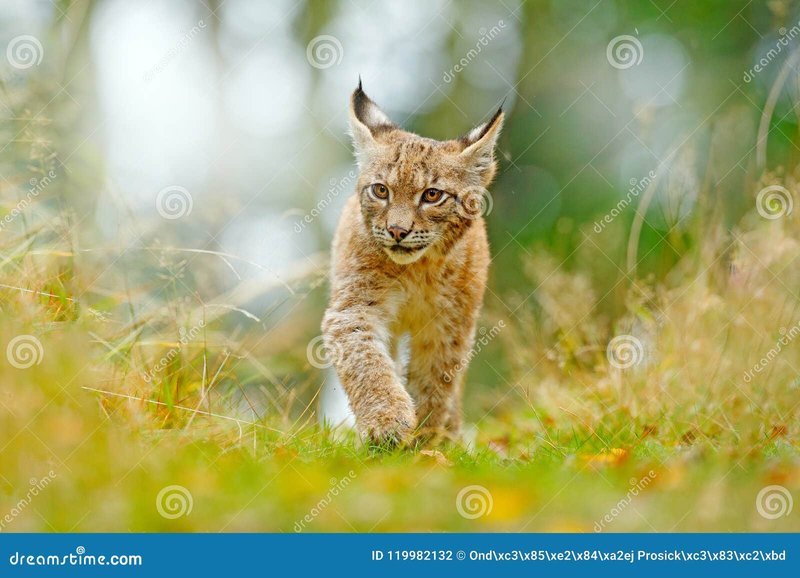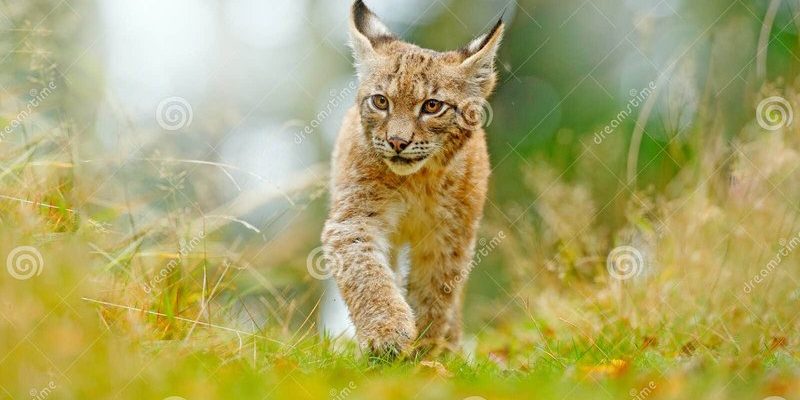
So, what exactly does the lynx do in its environment? The lynx helps maintain the health of its ecosystem by controlling prey populations and influencing vegetation dynamics. Understanding the lynx’s role can feel like peeling back the layers of an onion. Each layer reveals how interconnected species are and why a single change can ripple through an entire ecosystem. Let’s dive into the fascinating world of the lynx and see how it shapes its habitat.
The Different Species of Lynx
There are four primary species of lynx: the Eurasian lynx, Canadian lynx, Iberian lynx, and bobcat. Each species has unique adaptations and habitats that allow it to thrive.
– Eurasian Lynx: Found across Europe and Asia, this lynx is the largest of the four and is known for its tufted ears and thick fur.
– Canadian Lynx: This smaller counterpart inhabits the cold forests of Canada and Alaska and relies heavily on snowshoe hares for food.
– Iberian Lynx: Critically endangered, the Iberian lynx is native to the Iberian Peninsula in Spain and Portugal. Conservation efforts are ongoing to help boost its numbers.
– Bobcat: Commonly found throughout North America, the bobcat is highly adaptable, living in various habitats from forests to deserts.
Each lynx species has developed unique hunting techniques and behaviors suited to its environment. For example, the Canadian lynx’s diet is primarily made up of snowshoe hares, making it an essential factor in controlling their population. Isn’t it fascinating how the lynx’s specific role can change just based on where it lives?
Predator and Prey Dynamics
Lynxes are skilled predators, and their hunting strategies are finely tuned to their surroundings. They primarily hunt smaller mammals, such as rabbits, rodents, and birds. This predation is crucial for maintaining a balanced population of these animals. When lynxes hunt effectively, they prevent these prey species from overpopulating, which can lead to overgrazing and other ecological issues.
Here’s the thing: when these smaller animals thrive unchecked, they can decimate vegetation, leading to habitat degradation. This is where the lynx steps in, acting like an ecological watchdog. By regulating these populations, lynxes ensure that plant life, which supports other species, remains healthy.
You might be wondering how this balance works. The lynx ambushes its prey, using its keen eyesight and excellent stealth to sneak up on them. With powerful, padded paws, the lynx can move quietly through its habitat, making it a proficient hunter. This means that other animals also benefit from the lynx’s ability to keep the ecosystem in check.
The Lynx’s Impact on Biodiversity
Biodiversity refers to the variety of life in a particular habitat. Lynxes play a significant role in promoting this biodiversity by influencing the populations of their prey and the dynamics of plant life. When lynxes hunt, they not only control species directly but also indirectly affect other aspects of their environment.
For instance, let’s say the lynx reduces the number of rabbits in an area. With fewer rabbits, you’ll find more plants flourishing because they’re not being eaten down to the ground. This, in turn, provides food and shelter for other species, creating a healthier ecosystem.
Lynxes also affect the behavior of their prey. When prey animals sense the presence of a predator like the lynx, they become more cautious and change their grazing habits. This shift allows for greater regeneration of plant life, which provides even more benefits to the ecosystem.
Habitat Conservation and Threats
Sadly, lynxes face several threats, including habitat loss, climate change, and poaching. As forests are cleared for agriculture or urban development, lynxes lose their homes and hunting grounds. Conservation efforts are critical to ensuring that these incredible cats can continue their essential work in the wild.
Additionally, with climate change affecting ecosystems globally, lynx habitats are at risk of changing in ways that can disrupt their hunting and breeding patterns. Conservationists stress the importance of protecting the lynx’s natural environment and creating wildlife corridors to allow these animals to move safely between fragmented habitats.
Conservation organizations often focus on education and outreach, helping communities understand the lynx’s ecological role and the benefits of preserving their habitats. By raising awareness, they hope to inspire action to protect these incredible creatures and their ecosystems.
The Lynx in Culture and Folklore
Throughout history, the lynx has held a special place in various cultures and folklore. Many Native American tribes view the lynx as a symbol of foresight and hidden knowledge. This mystical quality contributes to the lynx’s allure.
In some European cultures, the lynx has been celebrated in stories and myths, often portrayed as a wise and stealthy creature. These tales emphasize the lynx’s connection to the wilderness and its crucial role within the ecosystem. By looking at how humans view the lynx, we can gain a deeper appreciation for the importance of conserving its habitats.
The portrayal of the lynx in art and literature also reflects its significance. From stunning paintings capturing its beauty to stories highlighting its cunning, these representations keep the lynx’s spirit alive and remind us of its ecological importance.
How You Can Help Support Lynx Populations
You might be wondering what you can do to help protect lynxes and, by extension, their ecosystems. Here are some practical steps you can take to make a difference:
- Educate Yourself: Learning about the lynx’s habitat and role in the ecosystem helps raise awareness.
- Support Conservation Efforts: Donations to wildlife organizations focused on lynx conservation can make a significant impact.
- Advocate for Sustainable Practices: Promote sustainable land use and forestry practices that protect lynx habitats.
- Volunteer: Many conservation groups welcome volunteers for fieldwork or educational outreach.
By taking these steps, you not only contribute to lynx conservation but also enhance the health of entire ecosystems.
The lynx plays a crucial role in its ecosystem, acting as a predator that maintains the balance within its environment. Through its impressive hunting skills and influence on various species, the lynx helps promote biodiversity and supports healthy habitats for all wildlife.
As we face modern challenges like habitat loss and climate change, understanding and appreciating the lynx’s role becomes even more vital. By supporting conservation efforts and advocating for sustainable practices, we can help ensure that these remarkable creatures continue to thrive for generations to come. So next time you hear about the lynx, remember: it’s not just a beautiful animal; it’s a guardian of its ecosystem.

